38 correctly label the following anatomical parts of osseous tissue.
› gene › 71577157 - Gene ResultTP53 tumor protein p53 [ (human)] Oct 09, 2022 · This gene encodes a tumor suppressor protein containing transcriptional activation, DNA binding, and oligomerization domains. The encoded protein responds to diverse cellular stresses to regulate expression of target genes, thereby inducing cell cycle arrest, apoptosis, senescence, DNA repair, or changes in metabolism. quizlet.com › 573216171 › chapter-7-worksheet-flashChapter 7 Worksheet Flashcards | Quizlet Study with Quizlet and memorize flashcards containing terms like Which of the following is not a component of the skeletal system?, A(n) _____would not involve damage to the structures that comprise the skeletal system., Complete each sentence regarding skeletal function by dragging the proper word or phrase into the appropriate position. and more.
› cpb › medicalPositron Emission Tomography (PET) - Medical Clinical Policy ... Background. Policy above is adapted from eviCore imaging guidelines. Positron emission tomography (PET) also known as positron emission transverse tomography (PETT), or positron emission coincident imaging (PECI), is a non-invasive diagnostic imaging procedure that assesses the level of metabolic activity and perfusion in various organ systems of the human body.

Correctly label the following anatomical parts of osseous tissue.
quizlet.com › 523616786 › module-2-skeletal-systemModule 2 Skeletal System Flashcards | Quizlet Study with Quizlet and memorize flashcards containing terms like Correctly label the following anatomical parts of a long bone, Correctly label the following anatomical parts of a long bone., Drag each label into the proper position to identify the type of bone described. and more. › 34345820 › Human_osteology_tim_d(PDF) Human osteology - tim d. white | t t - Academia.edu This document is the first in a series of guides aimed at promoting best practice in different aspects of archaeological science, produced by members of the Science and Technology in Archaeology and Culture Research Centre (STARC) of The Cyprus Institute. › cpb › medicalUltrasound Guidance – Selected Indications - Aetna Nonetheless, the constellation of symptoms manifested by both entities has been referred to as the snapping scapula syndrome. Various causes of scapulothoracic crepitus include bursitis, variable scapular morphology, post-surgical or post-traumatic changes, osseous and soft tissue masses, scapular dyskinesis, and postural defects.
Correctly label the following anatomical parts of osseous tissue.. › quiz-school › topic57 Bone Quizzes Online, Trivia, Questions & Answers ... Mar 22, 2022 · A comprehensive database of more than 57 bone quizzes online, test your knowledge with bone quiz questions. Our online bone trivia quizzes can be adapted to suit your requirements for taking some of the top bone quizzes. › cpb › medicalUltrasound Guidance – Selected Indications - Aetna Nonetheless, the constellation of symptoms manifested by both entities has been referred to as the snapping scapula syndrome. Various causes of scapulothoracic crepitus include bursitis, variable scapular morphology, post-surgical or post-traumatic changes, osseous and soft tissue masses, scapular dyskinesis, and postural defects. › 34345820 › Human_osteology_tim_d(PDF) Human osteology - tim d. white | t t - Academia.edu This document is the first in a series of guides aimed at promoting best practice in different aspects of archaeological science, produced by members of the Science and Technology in Archaeology and Culture Research Centre (STARC) of The Cyprus Institute. quizlet.com › 523616786 › module-2-skeletal-systemModule 2 Skeletal System Flashcards | Quizlet Study with Quizlet and memorize flashcards containing terms like Correctly label the following anatomical parts of a long bone, Correctly label the following anatomical parts of a long bone., Drag each label into the proper position to identify the type of bone described. and more.

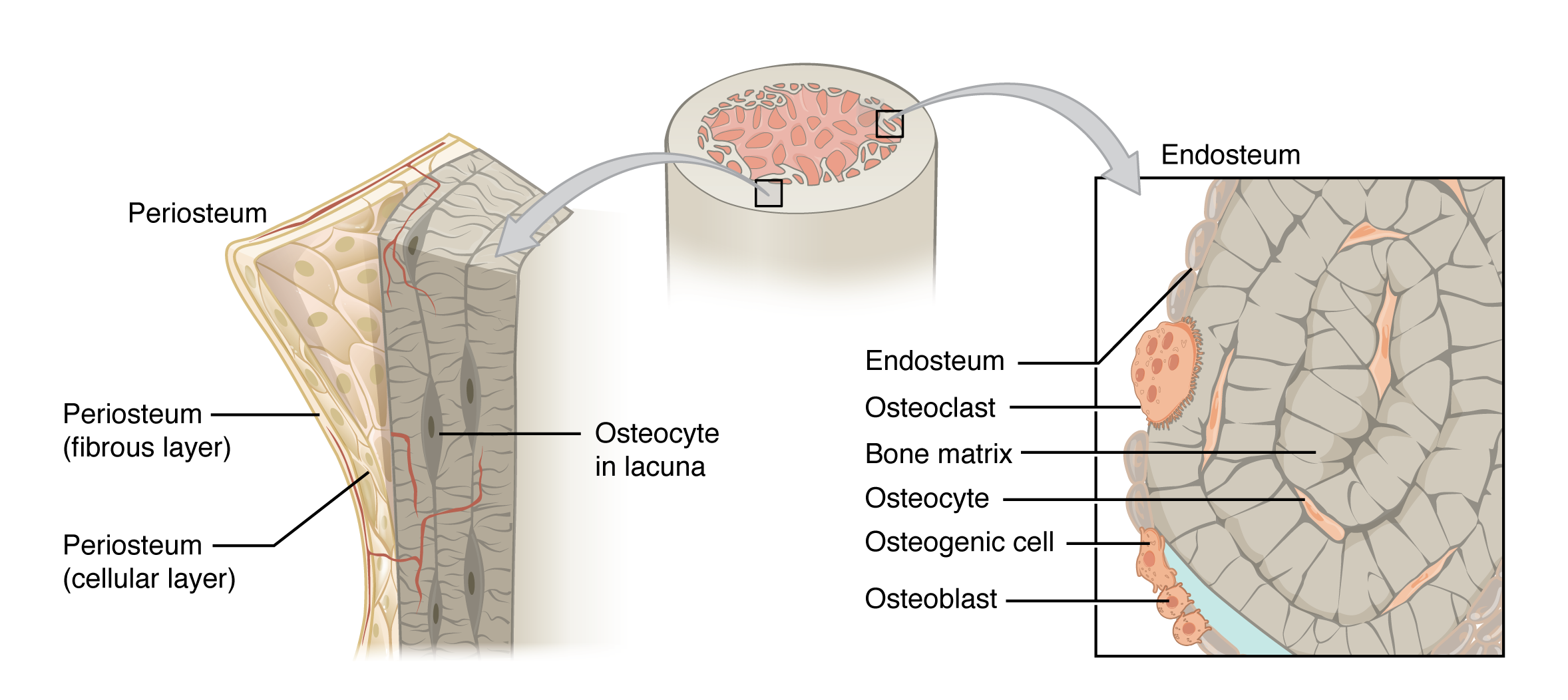

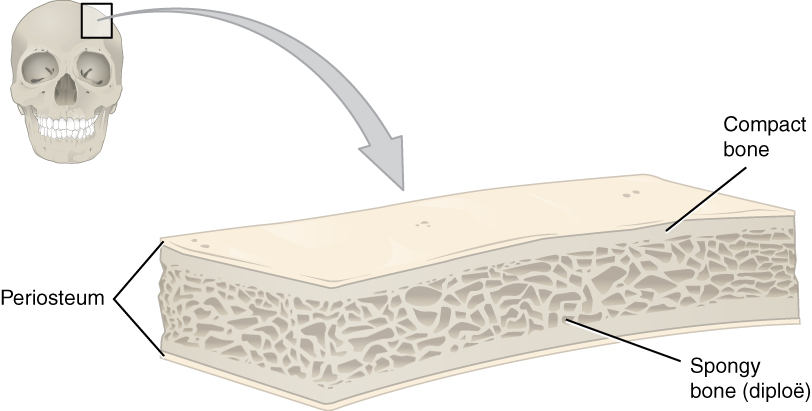

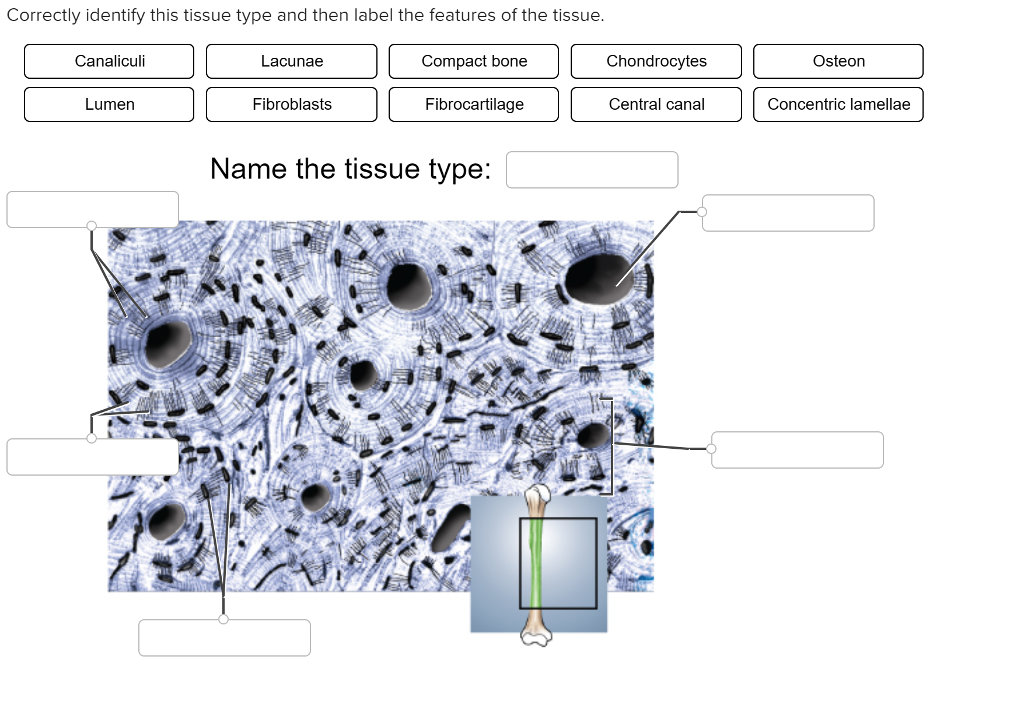


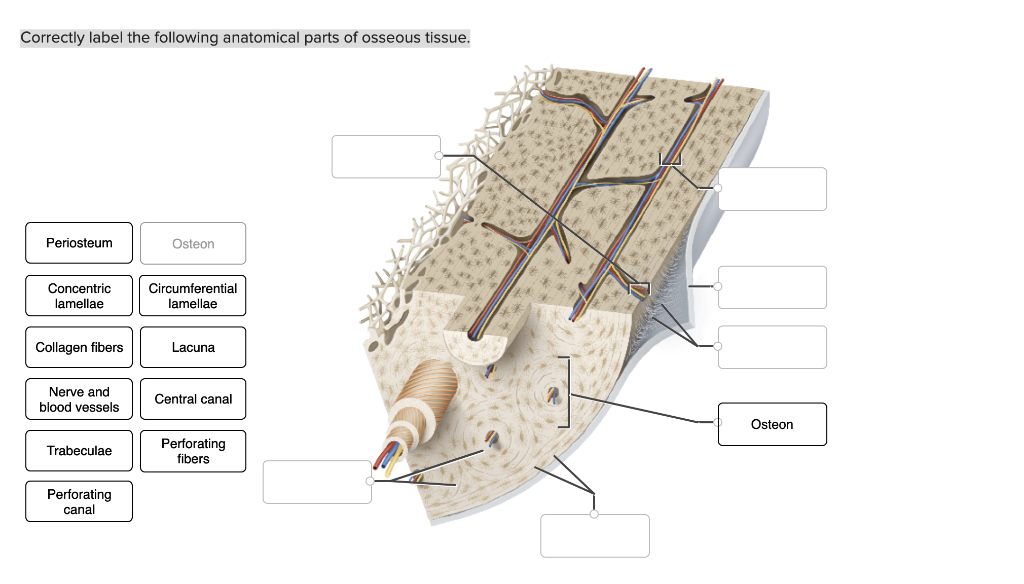


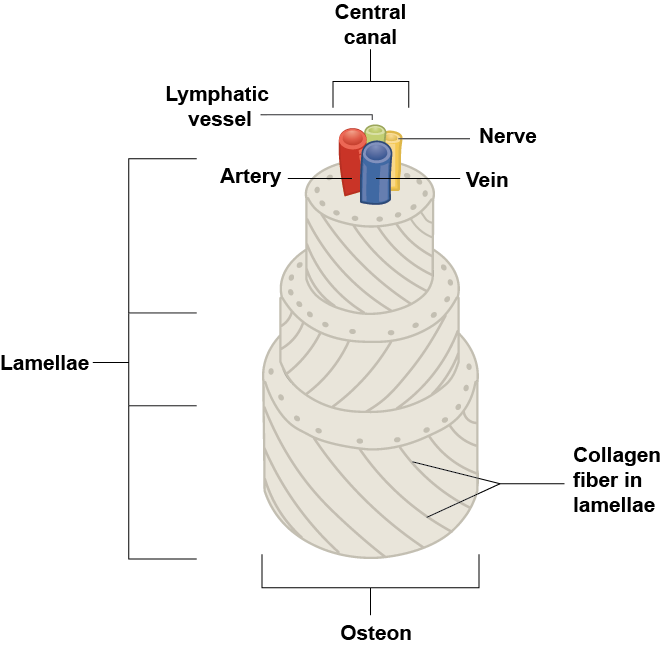


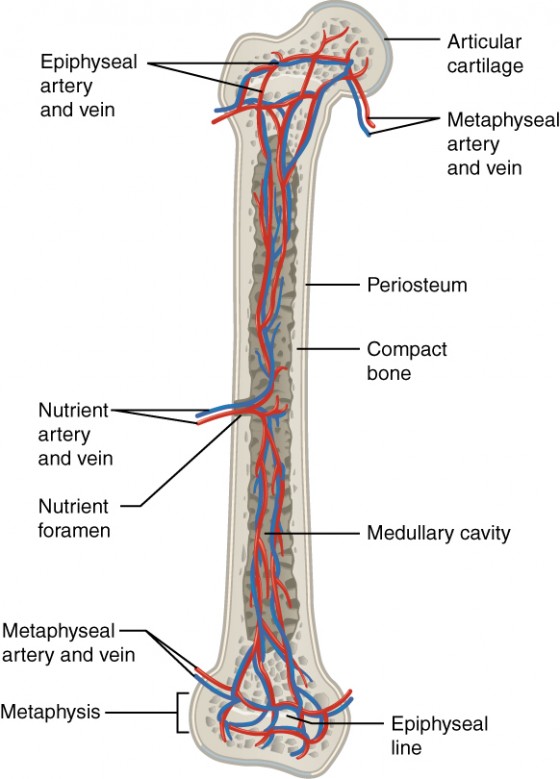





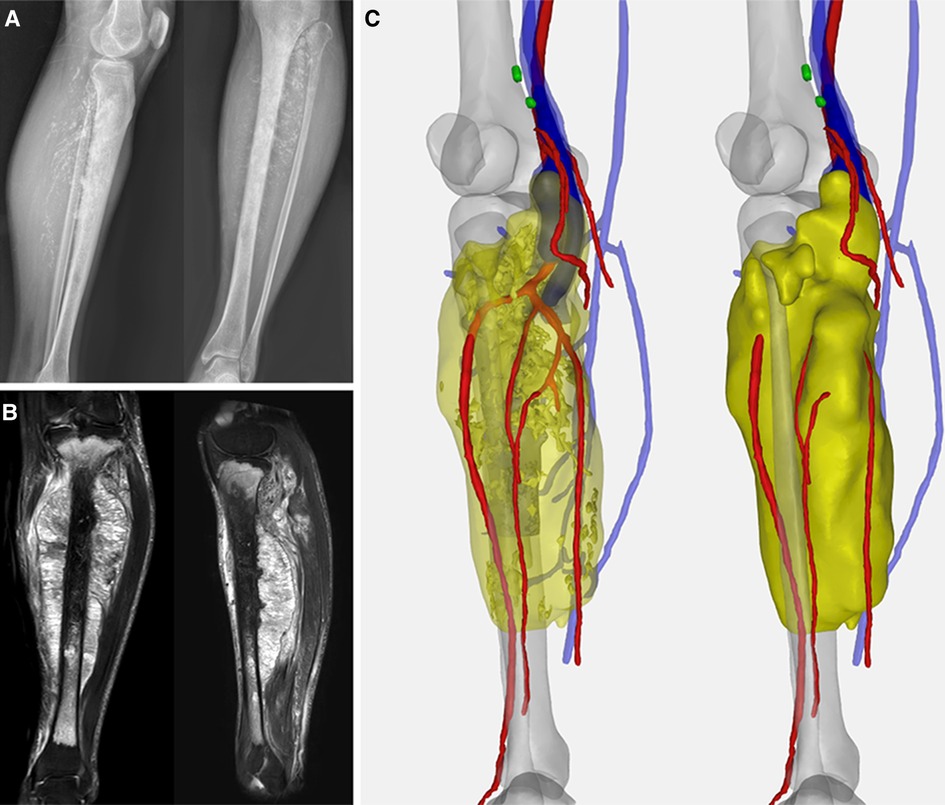


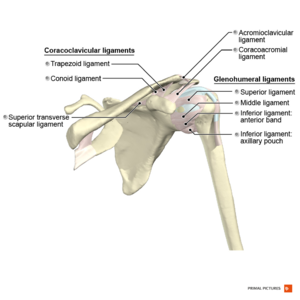

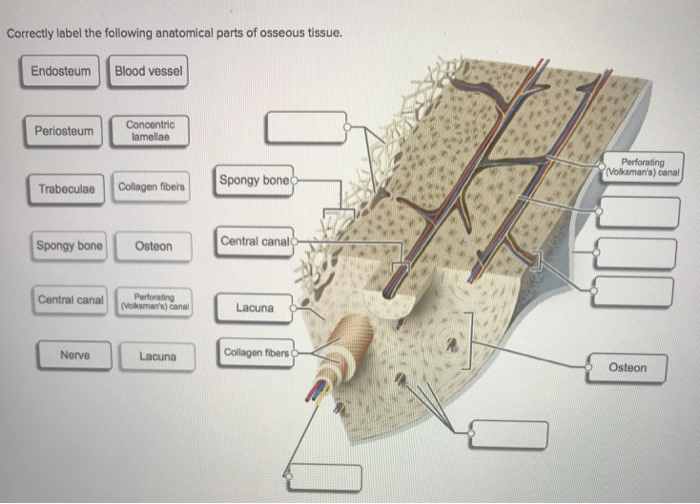


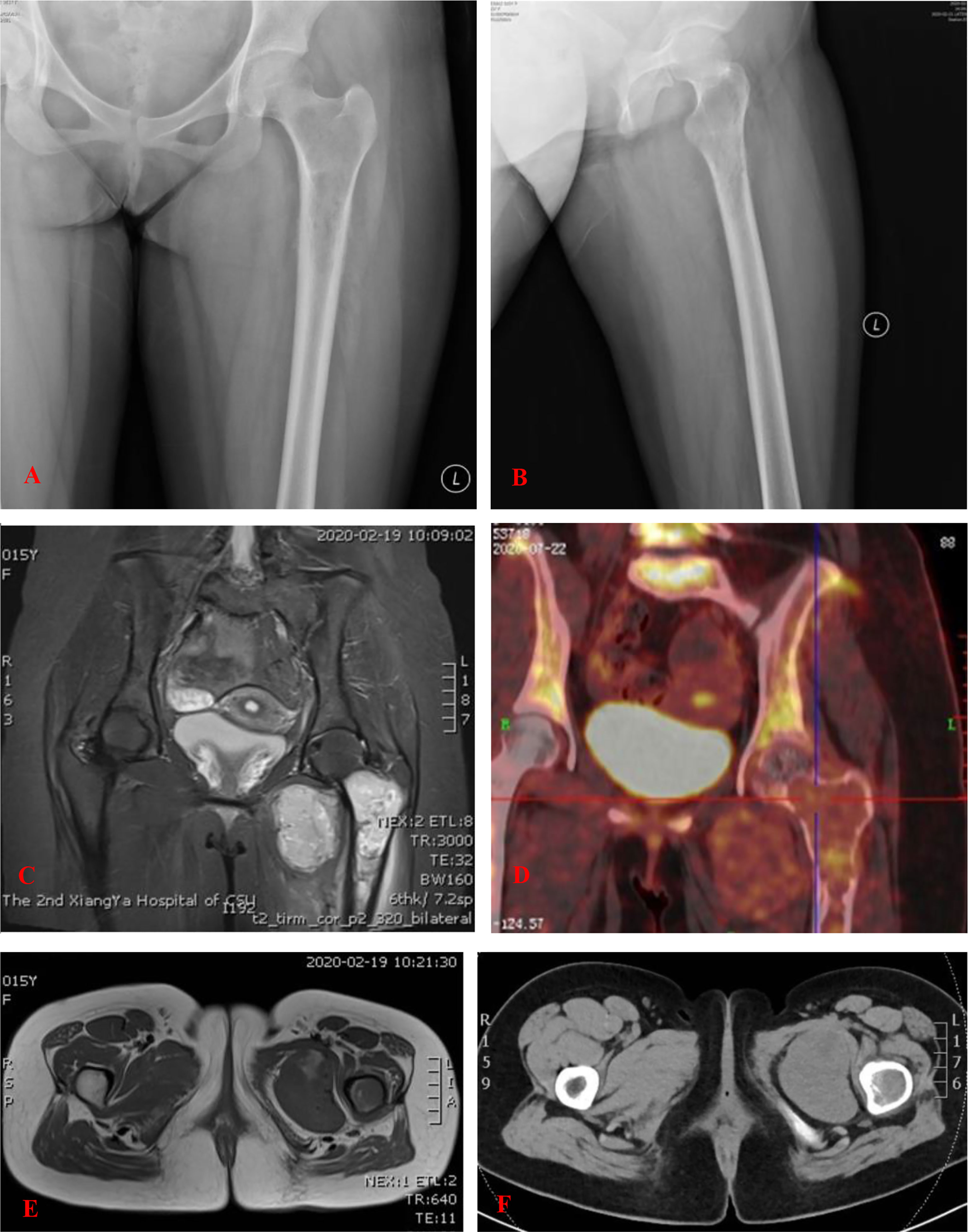


Post a Comment for "38 correctly label the following anatomical parts of osseous tissue."